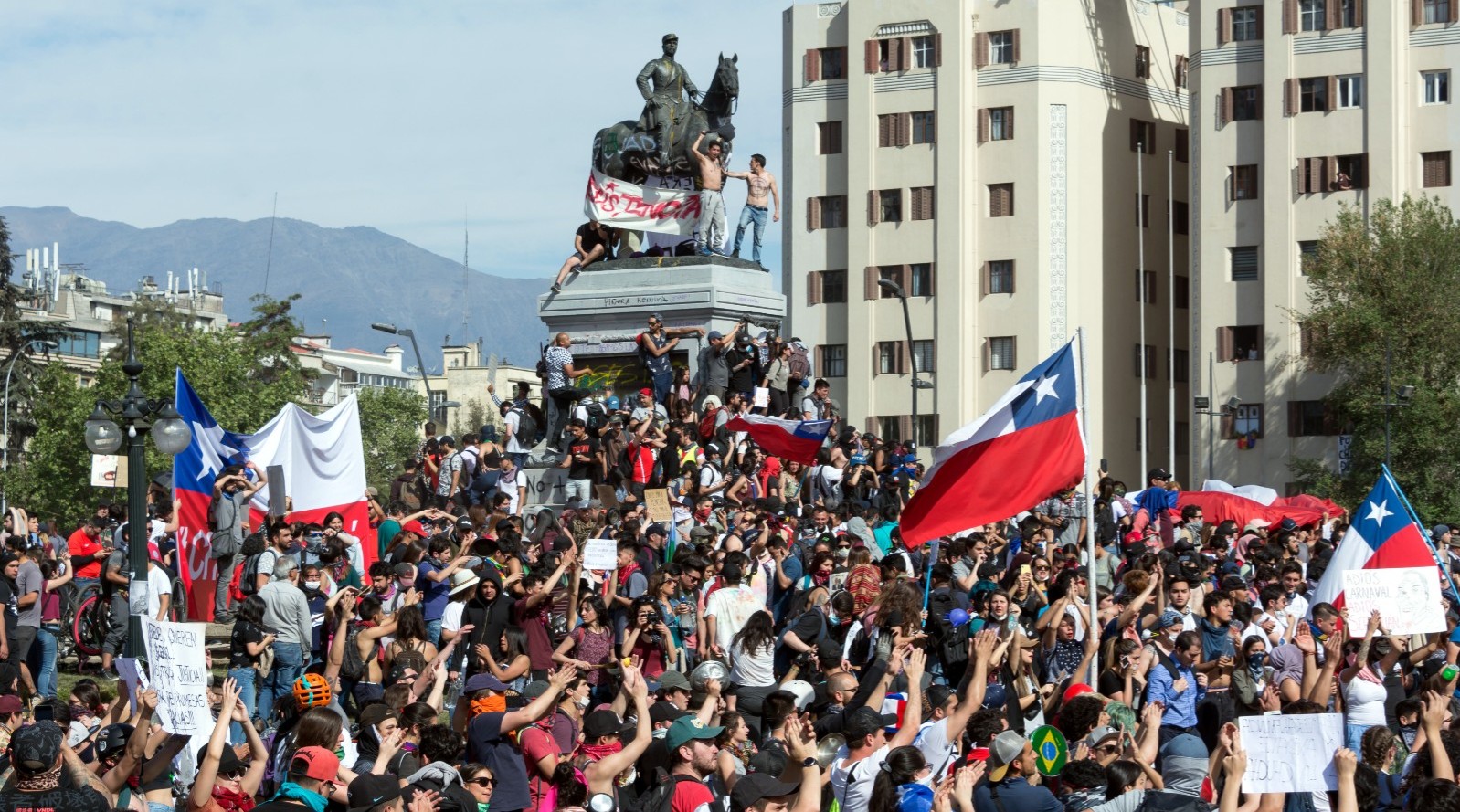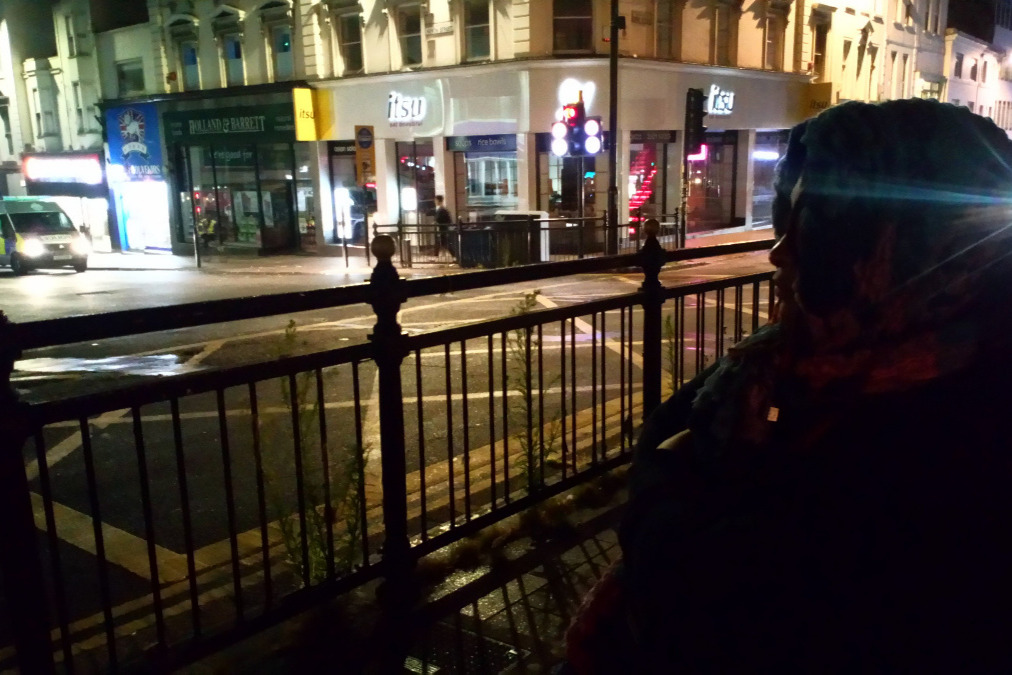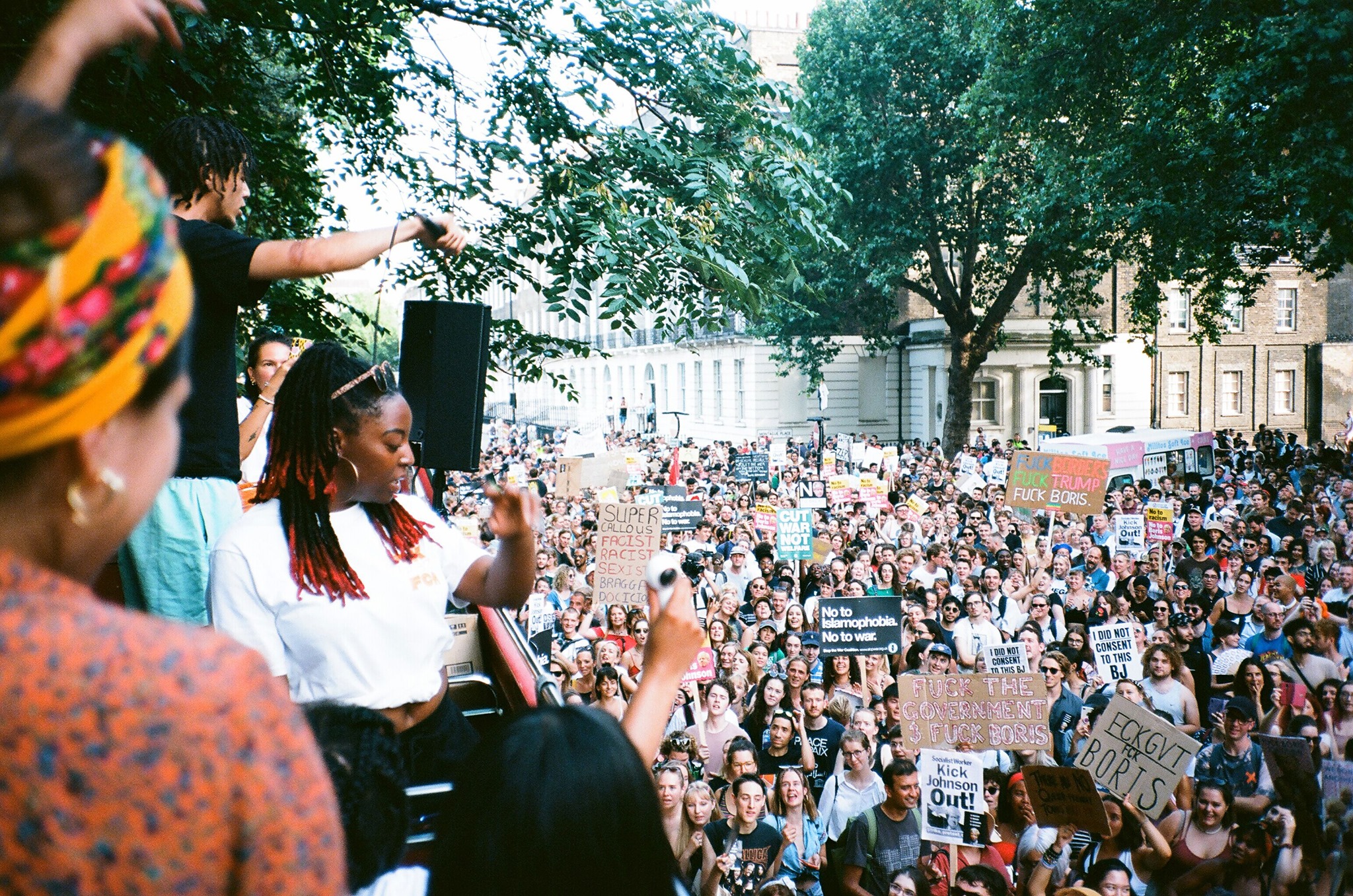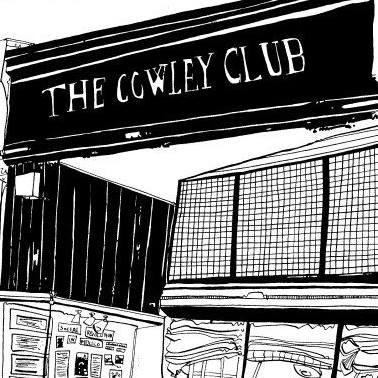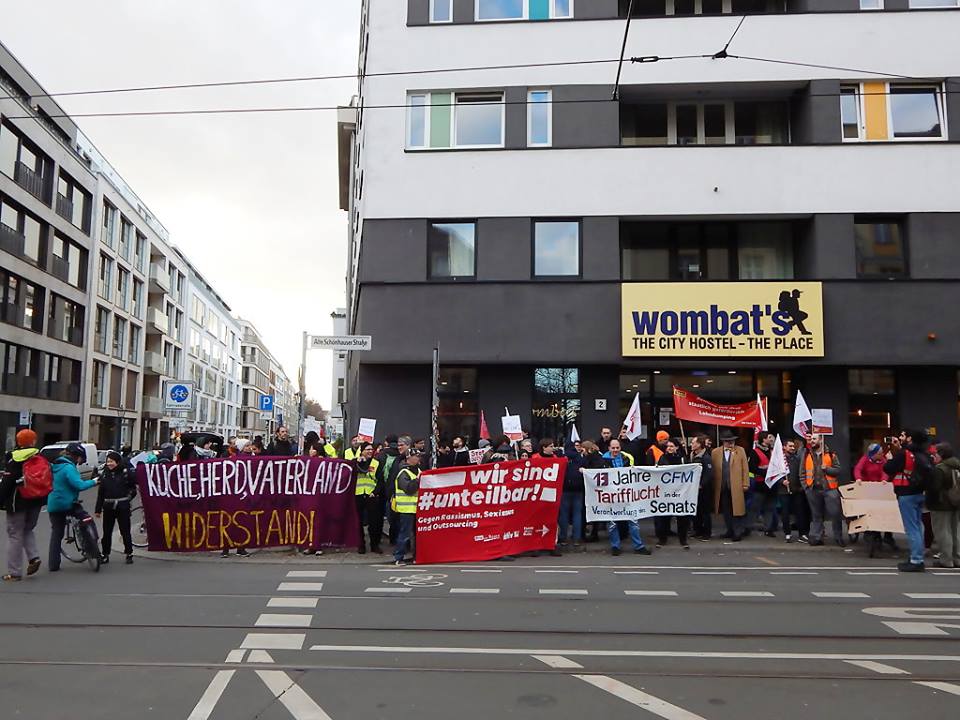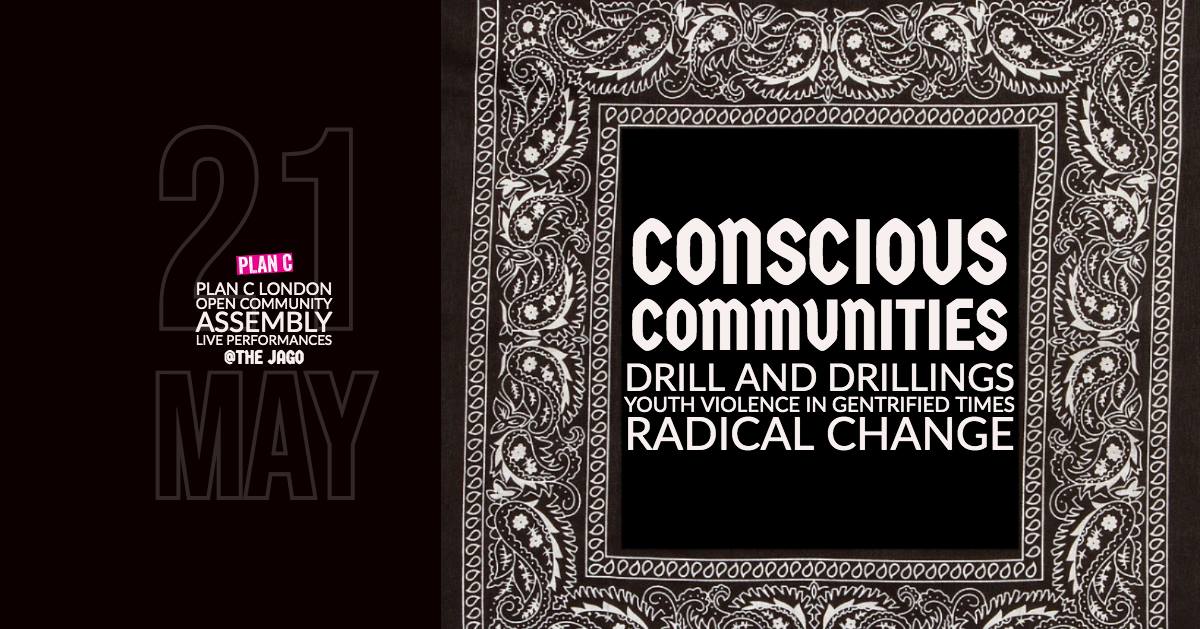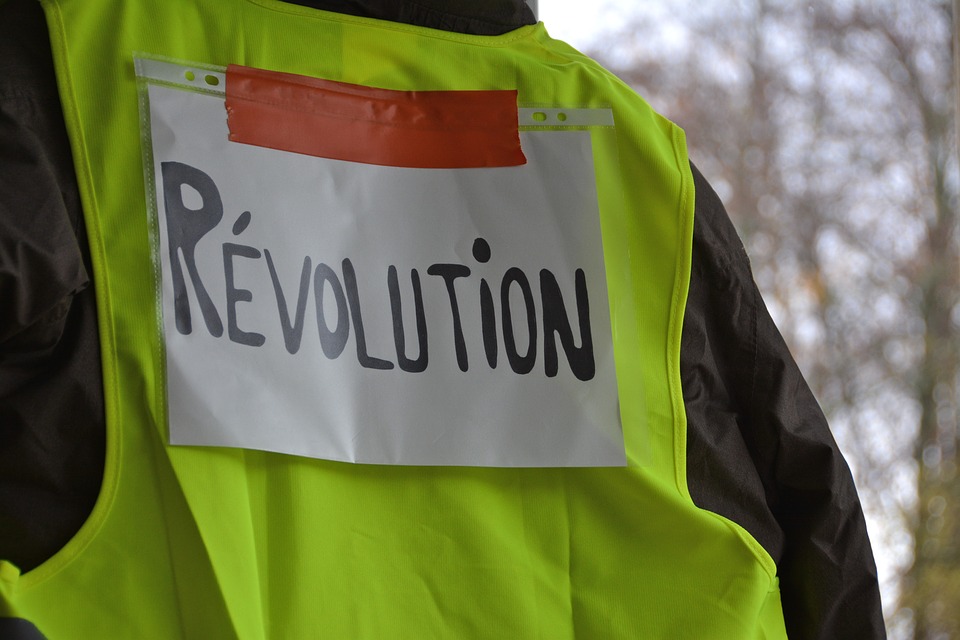This article by Callum Cant is a response to Shelly Asquith’s article on A-B marches. The National Campaign Against Fees and Cuts (NCAFC) is a democratic student organisation, established in 2010, that seeks to co-ordinate a militant Free Education movement based on the activity of grass roots organisations. They called the 10,000 strong demo on November 19th in 2014, have called another demo for Nov 4th 2015. They have also voted to organise a ‘student strike’ in the coming years.
If we want to deal with the questions of strategy facing the student left then we have to begin from a position of failure. Almost everyone on the left accepts that we are facing a collective failure of dramatic proportions. Regardless of what students have done, in an isolated sense, since 2010, we can’t escape the general fate of the anticapitalist movement. But failure also affords opportunity: it gives us a chance to go back and examine the underlying assumptions that we’ve relied on in the past – and in particular to address the way in which these assumptions are detached from our current material conditions. From a position of what could justifiably be called mass depression, there is an opportunity to think our way through our conditions in a way that opens up the possibility of redemption.
With this in mind, I want to challenge our collective understanding of what escalation is, and to treat Shelly’s recent article on A-B marches as representative of a more general attitude. Within the student movement more broadly, there seems to be a general confusion about what it means for a struggle to escalate. Given the political horizon facing the democratic organisations of the student left, like the NCAFC, consists primarily of cuts to living grants, the privatisation of student debt and tuition fee rises, it is of paramount important that we understand how we will escalate and win.
“Few people see ‘A to B’ as our be all and end all; I am in favour of A to B to C to D (or even Z if you have the energy!). A march with an occupation here, a roadblock there; a series of strikes and social media blockades. None of these are mutually exclusive – let’s do it all!”
The idea of escalation Shelly proposes here – of an A-Z linear process – is not unique. In fact, I think its is something like the basic assumption of much of the student movement. The idea is that escalation means a linear increase of action ‘intensity’ towards something like a revolutionary crisis. In comparison to the ‘social peace’ logic of hegemonic politics, counter-hegemonic escalation is envisioned as an ever increasing degree of agitation and conflict. A diversity of tactics then comes to mean operating at multiple points along this line at the same time, and the whole of political action in rendered relative to one A-Z dimension. From this position, the purpose of strategy is to facilitate movement through this dimension. Our long term vision – on the few occasions when it escapes reactive short-termism – is just planning how to move down the line.
This idea of escalation fails on a number of grounds, but the most important of these is, I think, its failure to propose any concrete idea of collective agency beyond direct action. If escalation is simply an escalation in the intensity of direct action then our entire politics becomes orientated around making the next action bigger, louder and more confrontational than the one before it. We become committed to agitation, rather than a broader project.
We need a theory of escalation that operates in more than one dimension. I want to suggest something like the reframing of escalation as the development of a counter-power that can enact a future beyond state and capital.
What would differentiate this theory from the A-Z linear idea?
For a start, it avoids accepting the spectacle at face value. Counter-power does not fetishise a nice photo of 100,000 people on the streets (on the A end of the spectrum) or video footage of demonstrators breaking windows and throwing things at the police (on the Z end). It moves away from thinking about spectacular conflict as the primary expression of collective struggle.
Instead, it places the idea that struggle takes place beyond what has conventionally been understood as revolutionary, and is actually embedded in much more mundane processes. When we are at a period of ‘low struggle’, the left is in fact failing to reach outside it’s more narrow confines and relate to these different and less visible forms of antagonism. The antagonisms of capitalism do not only exist on the barricades, and we need a theory of escalation that understands that. As we well know, students are not apathetic, we have just not got the means to express their antagonism within our political framework.
Counter-power is, therefore, something like the collective capacity to define our form of life against a hegemonic system. This agency does not need to be built or created – because workers and the multitude always already have an agential role – but it does need to be developed. We need to express that agency along specific, collective lines if we want it to have a specific, collective political force.
Escalation then becomes, in this theorisation, the successful process of engaging with the latent antagonisms produced by capitalism and moving these in the direction of overt struggle. This will only be possible when we recognise and connect developing antagonisms with a means of collective struggle.
For the student movement, a different kind of escalation necessitates a different organisational practice. The connection between the two can’t just be dictated, and will involve the democratic procedures of our movement as well as the autonomous development of politics on campuses across the country. What is clear, however, is that we need to change how we imagine our movement progressing.
This is not to say that we should abandon mass demonstrations all together. But the November 4th national demo cannot just be a rearticulation of the same old politics and the same old tactics. If it is to play into the development of a counter-power, it has to contribute to a new culture of street politics that opens up our movement to those who have never before understood their antagonisms to be political. It has to break the insular left out of its bubble, and constitute the creation of a mass infrastructure and the capacity to broaden and sustain struggle.
In part, we should also be looking at the November 4th demonstration as an announcement that we have gone beyond #FucktheTories and inarticulate anger, and that we have a vision of a future that we are ready to enact. It should point towards a tactical horizon – the student strike – and a willingness to do go beyond strategic repetition. This will also mean a change from small activist-consensus cliques towards broader bases of support. Fundamentally, this whole adjustment of theoretical perspective points towards the necessity of a political recomposition of the class.
I have every confidence that we can work through this recomposition, if we decide that we want to. And so, when it comes to November, I hope that we will not be march from A to B – and instead, we will march from A to Counter-Power.


